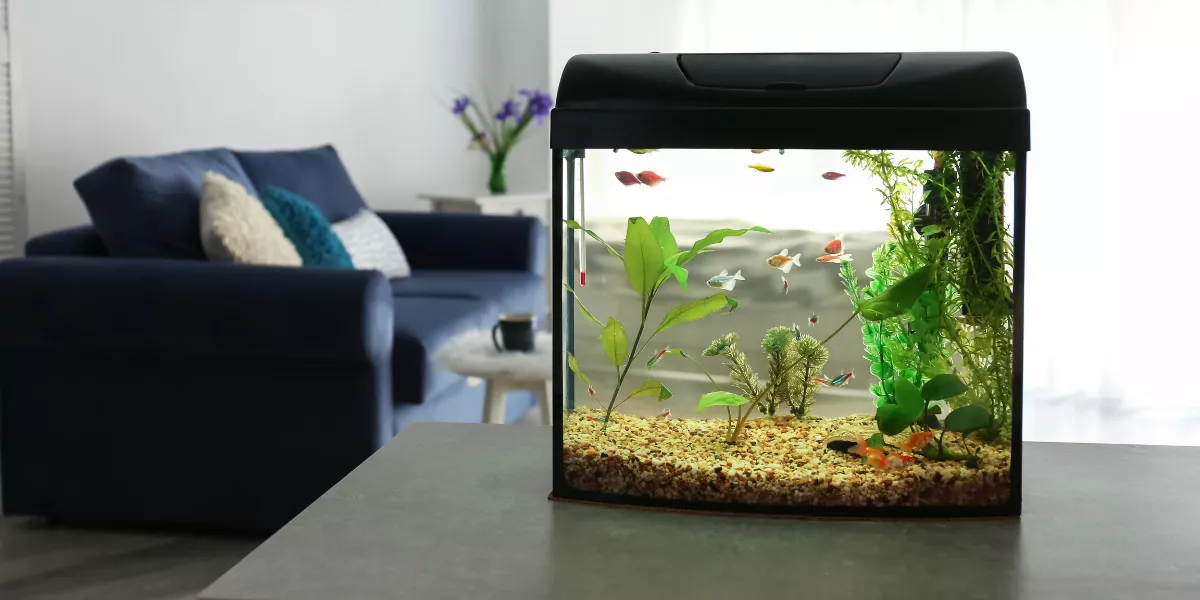
To ensure a healthy environment for your fish in a new aquarium, cycle the tank properly. Kick-start the nitrogen cycle using fishless cycling or live plants. Monitor ammonia, nitrites, and nitrates regularly and invest in a good filtration system. Create an optimal habitat by testing water parameters and selecting suitable decor. Achieving a balanced ecosystem is key for your fish's well-being.
Importance of Aquarium Cycling
When setting up a new aquarium, cycling is crucial for establishing a healthy environment for your fish. Cycling refers to the process of establishing beneficial bacteria in the tank that will break down harmful substances like ammonia and nitrites, ensuring a stable and safe habitat for your aquatic pets. Without proper cycling, ammonia levels can spike, leading to stress and potential harm to your fish.
During the cycling process, beneficial bacteria colonize various surfaces in the aquarium, such as the substrate, decorations, and filter media. These bacteria play a key role in converting toxic ammonia into less harmful substances like nitrites and nitrates. This biological filtration is essential for maintaining water quality and promoting the overall well-being of your fish.
Different Cycling Methods
Explore various cycling methods to effectively establish a healthy environment for your aquarium fish. One common method is fishless cycling, where you add a source of ammonia, like fish food or pure ammonia, allowing beneficial bacteria to grow without harming any fish.
Another approach is using live plants to kick-start the nitrogen cycle. Live plants can absorb ammonia and other nutrients, helping to establish a balanced ecosystem.
You can also try seeding your new tank with beneficial bacteria from an established aquarium. This method can speed up the cycling process significantly.
Additionally, some aquarists opt for using commercial bacterial supplements to introduce beneficial bacteria into the tank. These supplements can help jumpstart the nitrogen cycle and create a suitable environment for your fish.
Each method has its pros and cons, so choose the one that best fits your aquarium setup and time constraints.
Monitoring the Cycling Process
To ensure the successful establishment of a healthy environment for your aquarium fish, regularly monitor the cycling process for key indicators of progress. One crucial indicator to monitor is the levels of ammonia, nitrites, and nitrates in the water. In the initial stages of cycling, you may observe a spike in ammonia, followed by a rise in nitrites. As the beneficial bacteria develop, these levels should drop, with nitrates gradually increasing. Test kits are essential tools for monitoring these parameters accurately.
Another aspect to keep an eye on is the water clarity. Initially, the water may appear cloudy due to bacterial growth, but it should start to clear up as the cycling progresses. Additionally, observe any unusual odors emanating from the aquarium, as strong or foul smells could indicate issues that need attention.
Lastly, monitor the behavior of any fish or invertebrates introduced during the cycling process. Signs of stress or unusual behavior could indicate water quality problems. By staying vigilant and responsive to these indicators, you can ensure a smooth cycling process and a healthy environment for your aquatic pets.
Creating an Optimal Habitat
Now, optimize your aquarium environment to create the best habitat for your fish by focusing on key factors like water quality, decor, and plant life.
Start by ensuring that your water quality is top-notch. Regularly test the water parameters such as pH, ammonia, nitrite, and nitrate levels to maintain a healthy aquatic environment. Consider investing in a good filtration system to keep the water clean and free from harmful substances.
When it comes to decor, choose items that provide hiding spots and stimulation for your fish. Rocks, driftwood, and artificial caves can create a more natural environment for your aquatic friends. Additionally, carefully select plants that are compatible with your fish species and that can help oxygenate the water.
Remember to maintain a suitable temperature range for your fish and provide adequate lighting for any live plants in the aquarium. By paying attention to these details and creating an optimal habitat, you can ensure a happy and healthy environment for your fish to thrive in.
Conclusion
In conclusion, cycling your new aquarium is crucial for creating a healthy environment for your fish. By following the proper cycling methods and closely monitoring the process, you can ensure that your fish have an optimal habitat to thrive in.
Remember to be patient and thorough during the cycling process to set your aquarium up for success. Your fish will thank you for it!




